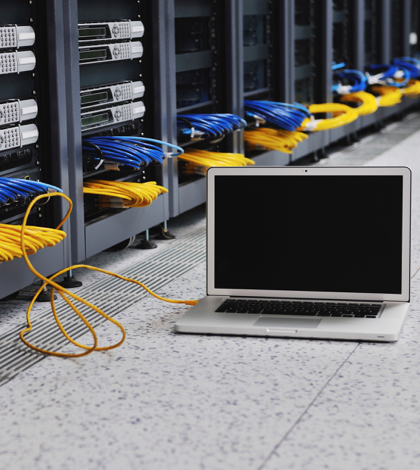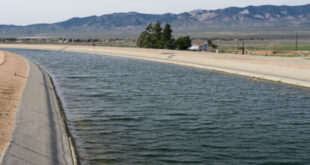For months, the nation has talked about the California drought and how farmers and the agricultural industry are to blame for California’s water shortage. One new – and fairly unheard of – culprit is coming about: the Silicon Valley tech industry.
What most people don’t know is that the technology industry has begun relying on water to supply their air conditioning units where servers are kept. These servers are used to store data for social networking sites like Instagram and Facebook. They also store data for online streaming services like Netflix and Hulu.
Over 800 data centers exist in California, which is the most of any state in the nation. These data centers use 104.2 million gallons of water each year, which can fill the equivalent of 158,000 Olympic size swimming pools.
Even though the tech industry uses far less water than the agriculture industry, data center operators are looking for ways of saving and recycling water. In the past, their focus has been on cutting down their amount of electrical usage. However, that conservation effort had more to do with the cost of electricity verses the cost of water.
Some data centers have begun reusing dirty water or harvesting rainwater for their operation while others have dug their own wells.
While the number of data centers is relatively small, they’re growing at 4% a year, which could put an even bigger demand on the state’s limited water supply.
According to The Wall Street Journal, “A midsize 15-megawatt center uses between 80 million and 130 million gallons of water a year for cooling, according to industry estimates.” The amount of water one of these 15-megawatt centers uses is equivalent to planting 100 acres or opening three hospitals.
To help do their part in conserving water during the California drought, data centers, like Digital Realty Trust, Inc., which owns 18 data centers in the Bay Area, are setting internal goals of reducing the amount of water they use. Eventually, Digital Realty Trust, Inc. wants to cut their water usage by one-third.
Some data centers have moved to completely waterless systems but experts in the technology field say those systems can put more pressure on the electricity system, which undermines efforts to reduce the amount of electric used.
 California Water News Daily Your Source For Water News in California
California Water News Daily Your Source For Water News in California


